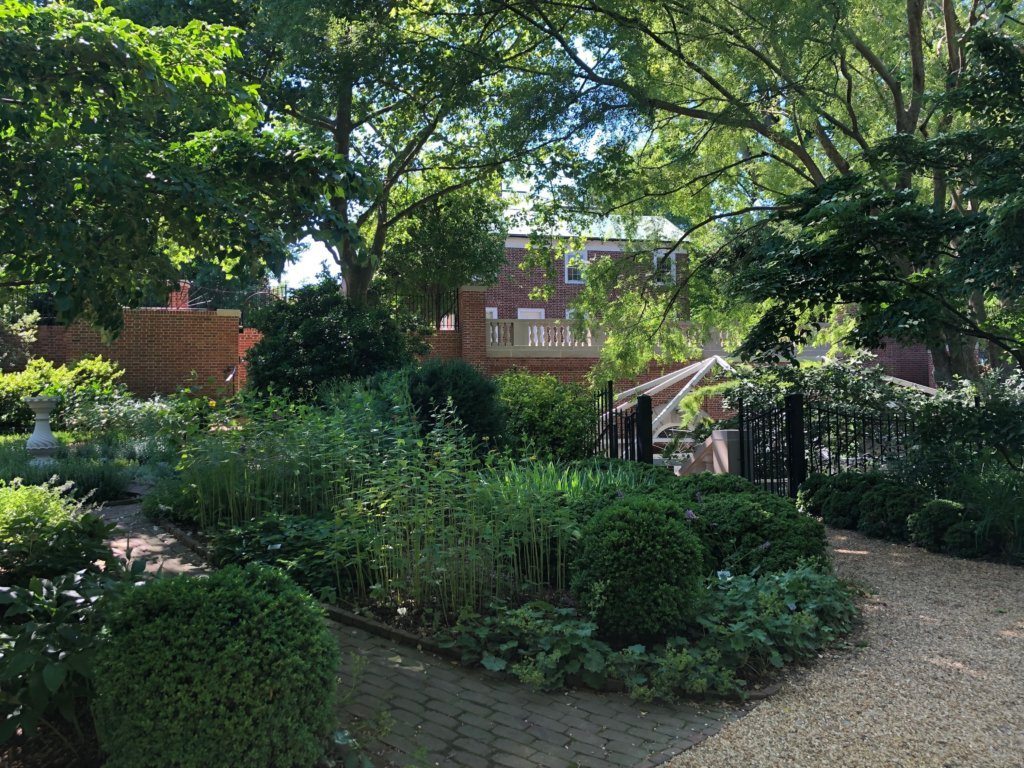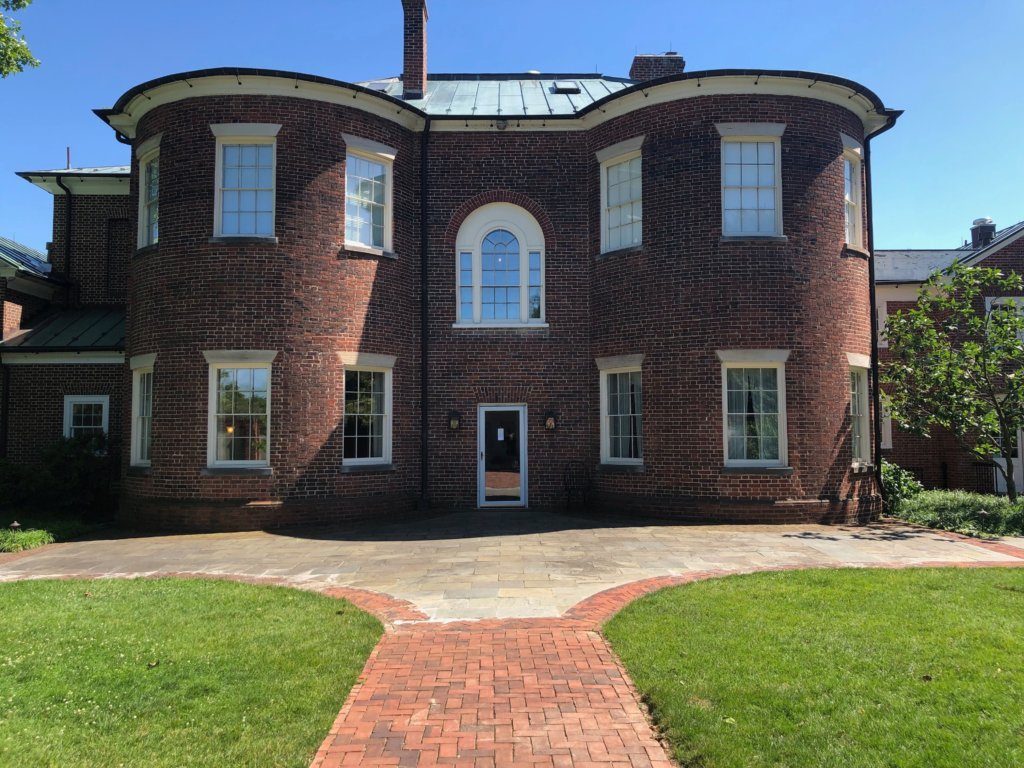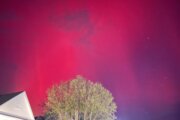D.C. has changed a lot since 1799. That year, the White House was still under construction, Washington was still in office, and Hamilton was played by himself.
But at Georgetown’s Dumbarton House, visitors can still get a taste of what D.C. life was like during the Federalist Era.
“We have the early history of Washington,” said Scott Scholz, deputy director and curator of Dumbarton House, which was built just before the 19th century. “And we can tell you through our research and our scholarship that we do everything as authentic as possible.”
The brick home — nestled in the prestigious Georgetown Heights neighborhood, just around the corner from the historic Evermay estate — was built in the middle of where Q Street NW now runs. Scholz said the government wanted a main thoroughfare to connect Georgetown to Dupont Circle via the Dumbarton Bridge, so in 1915, the house was moved to its current address at 2715 Q Street NW.

Dumbarton House maintains a collection of 1,000 pieces of furniture, paintings, textiles and ceramics that help to interpret what life was like for the Nourse family — the home’s owners between 1804 and 1813 — as well as their servants and slaves.
The walls inside its foyer are decorated with a reproduced print of a historic French wallpaper, circa 1800. A cantaloupe-colored sofa is the focal point of the living room. It was recently recovered to match its original hue, which curators discovered on pieces of fabric trapped under tacks from the original upholstery.
“It wasn’t a cheap project, but the impact it makes on the room is magnificent,” Scholz said.
The dining room, coated in green paint (which Scholz said was in vogue at the time), is set with cream Queensware, which homeowner Joseph Nourse ordered by the hogshead for his wife, Maria.

In addition to providing a lens into D.C.’s bygone era, Scholz said the house museum is focused on being a community resource, and its summer programming is a reflection of that goal. Every third Thursday in the summer, Dumbarton House hosts a free garden party, called Dumbarton at Dusk, with live music, complimentary food and a cash bar from 5:30 to 8 p.m. The next event takes place on June 20.
Sunday morning, the gardens at Dumbarton House transform into a public yoga studio; and in July, the museum will hold a Jane Austen Film Festival, showing a movie featuring the author’s work each Wednesday night in the garden. Tickets are $6.
Scholz said regardless of Dumbarton House tickets and tours, the museum’s 1.2 acres of grounds and gardens, accessible from the corner of Q and 27th Streets NW, are always open to those who want to come and sit, read, sunbathe and explore.
“One of the biggest things is: We want the community to see Dumbarton House as a resource, as part of them. We are part of your community,” Scholz said.
“Whatever it is that inspires you, you have a space here to do it.”







